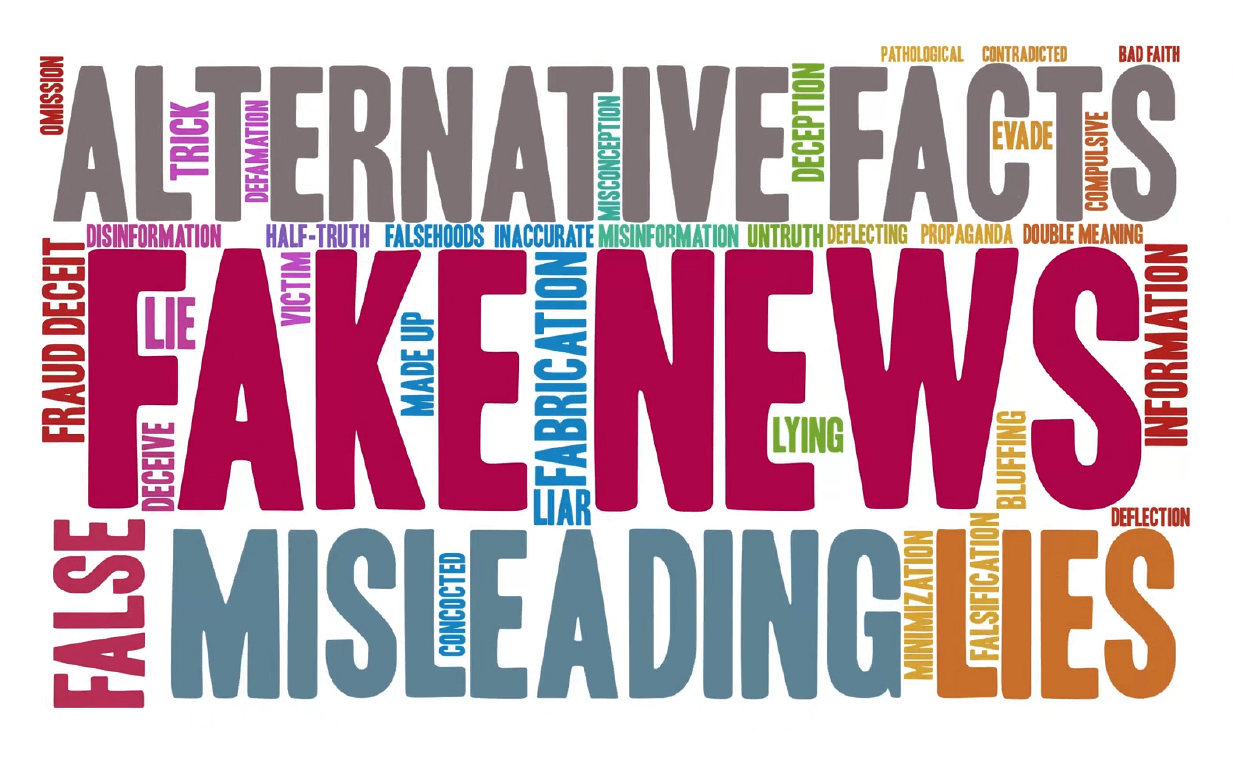Sedona Times Publishing Political Central columnist Joni Dahlstrom analyzes the recent Arizona primary in this follow the money article.
In spite all the talk of citizen activism, the chatter that citizens have just simply had enough of slick well-funded candidates, the August 24th Primary in Arizona proves that once again, money wins.
There are a few interesting exceptions in the race, but as will be shown below, in almost every instance the highest spenders gained the most votes.
In fact, the predictive quality of money spent, compared with place in the race; well, to call it statistically significant would be an understatement.
First a note about analysis. I am using the August 4th filings, it is quite possible that analysis of the money spent up until the election day will further tighten the correlation between money and finishing position in every race. Also, I am using funds spent, as opposed to funds raised.
There is something to be said about the intimidation factor of a large war chest, but the races covered in this discussion were all contested, so no war chest was large enough to remove all challengers.
First the anomalies; Governor, Attorney General, Secretary of State and some positions in CD1.
Buz Mills spent $3,334,154 to lose badly to Jan Brewer, who spent a mere $669,186. Brewer took the race with 87% of the vote. Apparently Mills spending could not overcome his short residency in the state and Brewer’s
incredible popularity on the heels of signing SB 1070. Mills was a virtual unknown in the state, while Brewer had the power of the incumbency as Governor.
While this race may seem to demonstrate, that in spite of the importance of money, it alone isn’t enough, keep in mind the power of incumbency. The races for both Governor and Attorney General had powerful well-recognized incumbents in the race.
If we assigned a dollar value to the governorship, what would the number be? Apparently the name recognition and patronage power of the Governor of Arizona is virtually priceless. As Mills found, $3 million dollars
couldn’t even raise a credible challenge. On the other hand, perhaps a stronger, long-time Arizona resident may have fared better. Or had SB1070 not arisen, perhaps Brewer would have been weaker.
The Attorney General’s race has had numerous twists and turns, accusations of impropriety, and a great deal of ill will, which may have obscured the power of both incumbency and money to a large extent. Challenger Horne spent $404,883, compared to Thomas $209,670. They are currently in a dead heat.
Finally, Chris Deschene soundly beat Sam Wercinski, while they spent $83,689 and $159,535, respectively. Both had name recognition and were well-known in their political circles. But Deschene’s spending may have
had more impact, since much of his constituency lies within tribal lands where advertising and organizing costs may be lighter. Keep in mind, this is speculation and the final expenditure filings may reveal a different
story as would a detailed analysis of the spending.
Now to reality.
The Republican and Democrat Senate races lined up exactly with money spent.
For the Republicans, McCain with nearly $25 million spent, thumped Hayworth, outspending him roughly 10 to 1. And Hayworth outspent Deakin,by a factor of 50. And the final finish was; McCain, 56%; Hayworth, 32%;
Deakin, 12%.
The spending for the Democrat candidates was not quite as lopsided, but the candidates finished according to their spending. Glassman spent $578,208, for 35% of the vote. Eden spent $123,094, for 27% of the vote.
Dougherty pulled 24% of the vote with $66,712; while Perraz took 15% with $64,199. Again the expenditures correlate exactly to all four positions.
For the State Treasurer’s race, Republican, Ducey spent $518,879, for 41% of the vote. Barbara Leff took 24% with $114,951. Thayer Verschoor received 22% of the vote with $36,559 and Ted Carpenter spent a mere
$1,842 to earn 14% of the vote: A precise correlation of expenditure to place.
Both the Republican and Democrat winners of the Superintendent of Public Instruction were the top spenders. In the Republican race, where there were three candidates, they lined up nicely correlating 1, 2, 3 spenders with 1, 2, 3 in the race.
For Corporate Commission in both the Democrat and Republican races, for the top two positions the correlation isn’t solid but because both were ‘elect two’ out of three races, the appropriate marker is who took third?
In both cases, third place was the candidate that spent the least.
The Republican House Primary is another odd anomaly, which might show that money is not all powerful, but powerful enough. The candidates finished as follows; Gosar, 31%; Hay, 23%; Beauchamp, 16%; Bowers, 15%; Mehta, 8%; Zaleski, 3%; Jensen, 2%; Jaraczewski, 2%.
First of all, eight candidates staying in a primary race to the finish is highly unusual in American politics. One must assume that the bottom four candidates stayed in the race for the chance to say their piece, rather
than as serious candidates. Interestingly though, the bottom four finished exactly according to their expenditures.
Gosar, the winner, spent more than twice his fourth place rival, Bowers, who was the next highest spender. They spent $369,515 and $143,058 respectively.
The number two winner, Hay, had no expenditure data available, though having run for the office before and being active in the Arizona political scene, name recognition may have carried her to this position with minimal funding.
Beauchamp beat Bowers, but not by much, though Beauchamp spent only two-thirds of what Bowers spent. Beauchamp’s relatively strong third place finish, with limited funds in a crowded field attest to his getting into
the race early and non-stop appearance schedule over the past year.
All in all, in spite of the talk that American’s have simply had enough of voting for the well-funded candidate, Tuesday’s August 24th Arizona Primary shows that money still matters. It may be that contributions, which make spending possible, are still a strong indicator of real support.
This appears particularly true in the Governor’s race, where Mills soundly outspent Brewer, but being self-funded his spending was not an indication of popular support.
Then again, it may simply demonstrate that in a relatively sparsely populated state and district, the ability to spread the word costs money. It takes funding, and lots of it, to get the word out and take the race.
It will be fascinating to watch the general elections, where the two primary parties will fight head to head, rather than these crowded races, to see if money once again is the leading indicator of the winner. If the primary is any indicator, don’t bet the office pool on the underdog.
By Joni Dahlstrom, SedonaEye.com Staff Writer

Read www.SedonaEye.com for daily news and interactive views!


